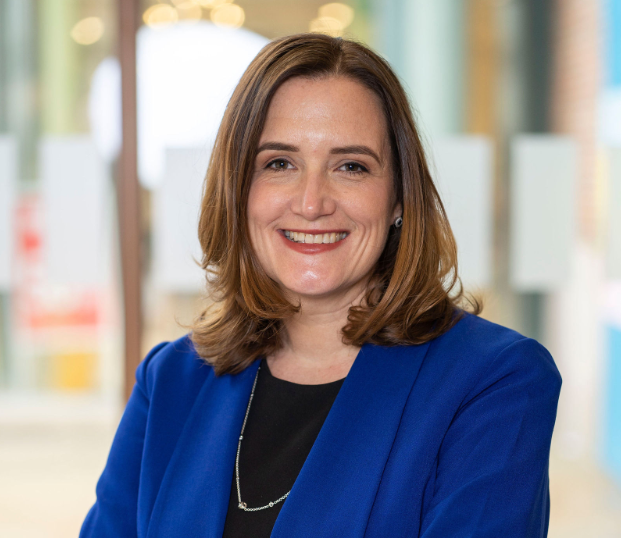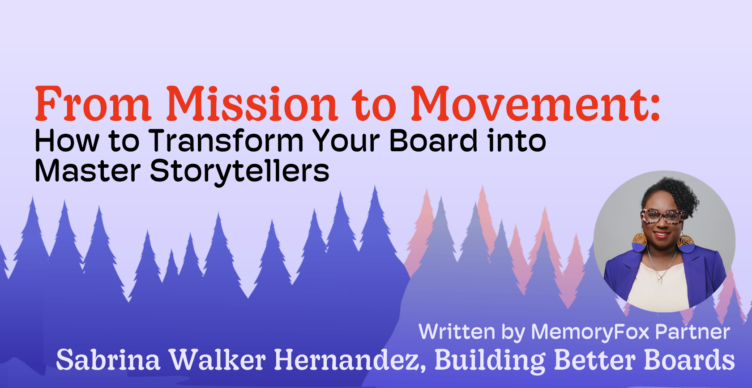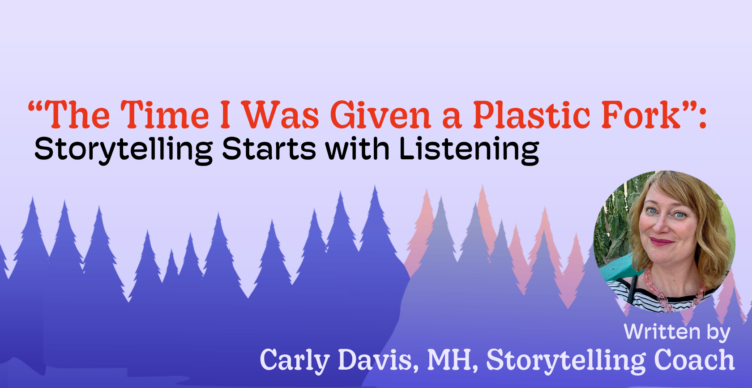Community Building
How to Achieve Your Organization’s Greatest Impact Through Capacity Building
It can be very satisfying to watch individuals and communities overcome difficulties and barriers with the help of your nonprofit. But there are obstacles that come along with nonprofit leadership too. You probably face increased demand for your programs, ever-growing reporting requirements from your funders, and outdated resources. You may even be tracking all of your programs using paper forms and Excel spreadsheets.

One way to move past these challenges is to focus on capacity building. MemoryFox Founder and CEO, Chris Miano said “Great leaders engage their staff and volunteers with a full heart and an open mind, listen to those voices, and come up with the unified plan of action.”
What is Capacity Building?
The term operational capacity describes the amount of work your team can accomplish with the tools and resources available. For social-good organizations, capacity is seen in the number of services that your nonprofit can provide with your current staff, volunteers, funding, and technology. Building that capacity means the amount of services you can provide through both increased resources and more efficient use of what you already have.
Capacity building benefits your organization now and in the future. Having increased capacity means you can provide more services for your community. It also improves your long-term sustainability. The only thing sure about the future is change. Having increased capacity means that you can handle whatever comes.
Capacity building can also increase your sustainability by improving your fundraising. Funders want to work with nonprofits who have the skills and tools needed to fulfill their missions and create community impact. Increasing your capacity makes you more competitive in the crowded world of grant applications and fundraisers. MemoryFox enables your organization to share words, pictures, and videos your dedicated community is saying about your increased impact.
Different Kinds of Capacity Building
Capacity building can be broken down into three primary types of projects. The first is individual. Focusing on building the skills of your individual team members will grow the capacity of your entire nonprofit. After all, people are always your most valuable resource. A related type of capacity building is organizational capacity. When your organization has the resources and skills to scale up your programs, your impact increases for individuals and the entire community.
The final type of capacity building is at the ecosystem level. No organization exists in a vacuum, including yours. There is no possible way for a single nonprofit to address every type of need and barrier. Communities prosper when different organizations team up to find solutions to complex problems. Improving the capacity of the whole ecosystem means leaning on each other’s strengths to expand and improve services.
How to Implement Capacity Building
Capacity building might sound intimidating, but here are a few strategies to help your organization get started.
Training
Training is the lifeblood of any successful organization. Strong performance cultures start with leaders who help their team members achieve their highest potential through both job-specific training and professional development.
Successful training starts with having a variety of opportunities. This includes formal training, such as workshops, conferences, and written materials. There are also less-formal strategies, such as mentoring, job shadowing, and hands-on practice. Mixing the two approaches will provide your team with the best chance of success.
Feedback and Accountability
You cannot create a high performing culture without feedback and accountability. Leaders who want to build the capacity of their nonprofit must welcome feedback on a variety of topics, including client satisfaction and impact measurement. They should also listen to ideas from their team members about opportunities, organizational improvement, and even their own management styles.
Accountability is an essential piece of any successful organization. Your team members need to know what they need to do and why it is important. They must then be held accountable for making sure it happens. As a technology solution built for social-good providers by social-good providers, SureImpact enables staff to track and measure client activities, while giving leadership insights into program and organizational performance and impact.
Enabling Constructive Change
Few people look forward to change, many even fear it. But progress and improvement are not possible without embracing changes to methods, practices, or tools. Constructive change means altering your organization in order to create positive results. The most successful nonprofit leaders redirect organizational energy in ways that enhance quality and improve effectiveness.

About the Author
Sheri Chaney Jones
CEO & Founder, SureImpact
For more than 20 years, Sheri Chaney Jones has worked alongside foundations, non-profit, and government leaders to help them use data to solve complex social problems and increase revenue. An author, professor, and internationally recognized measurement expert, Sheri believes in data, metrics, and accountability.





